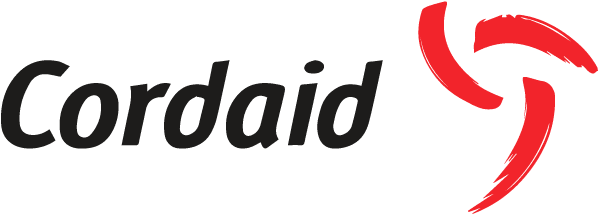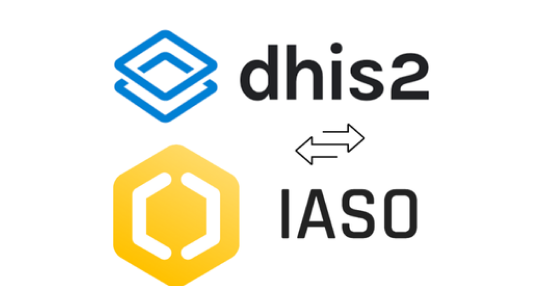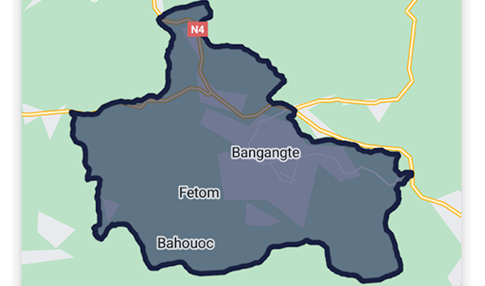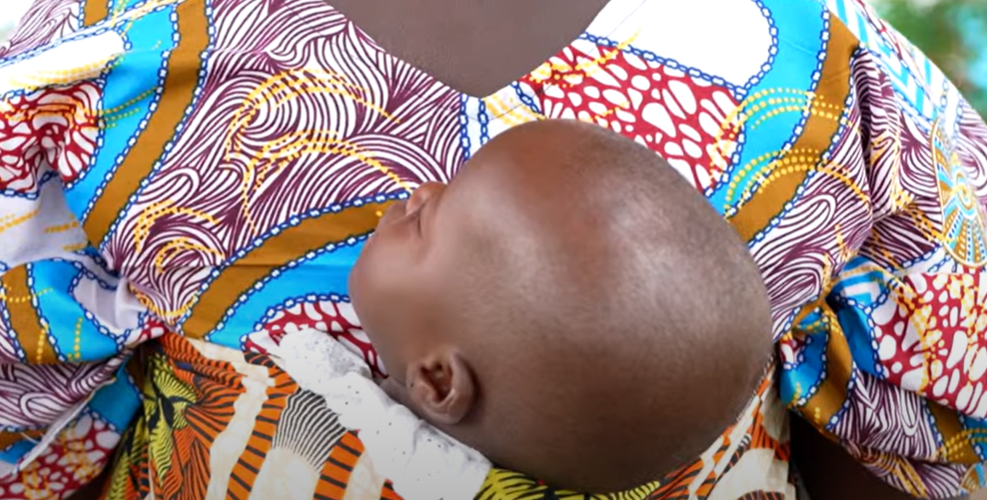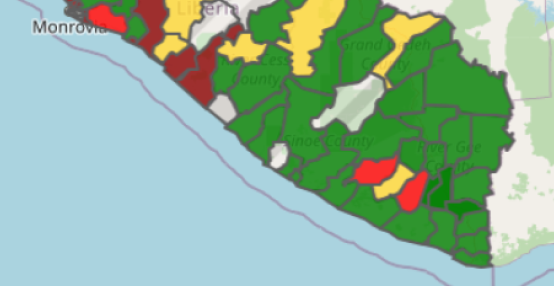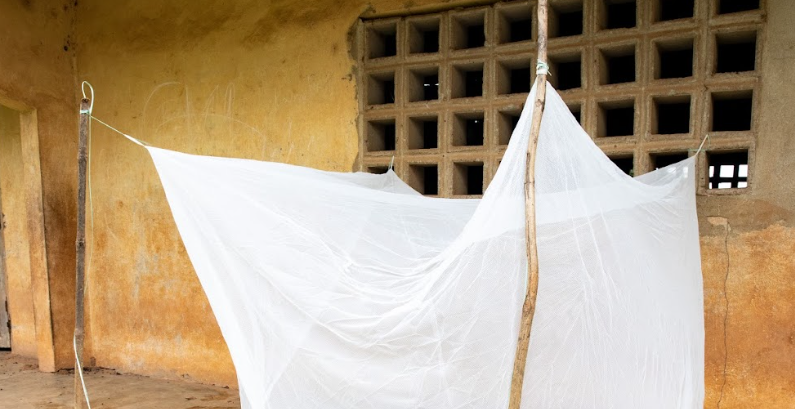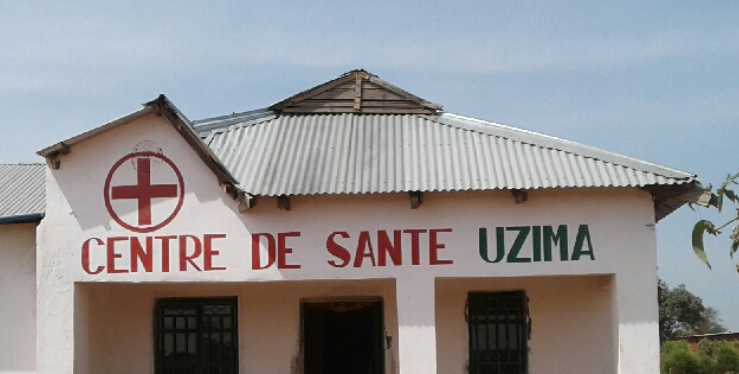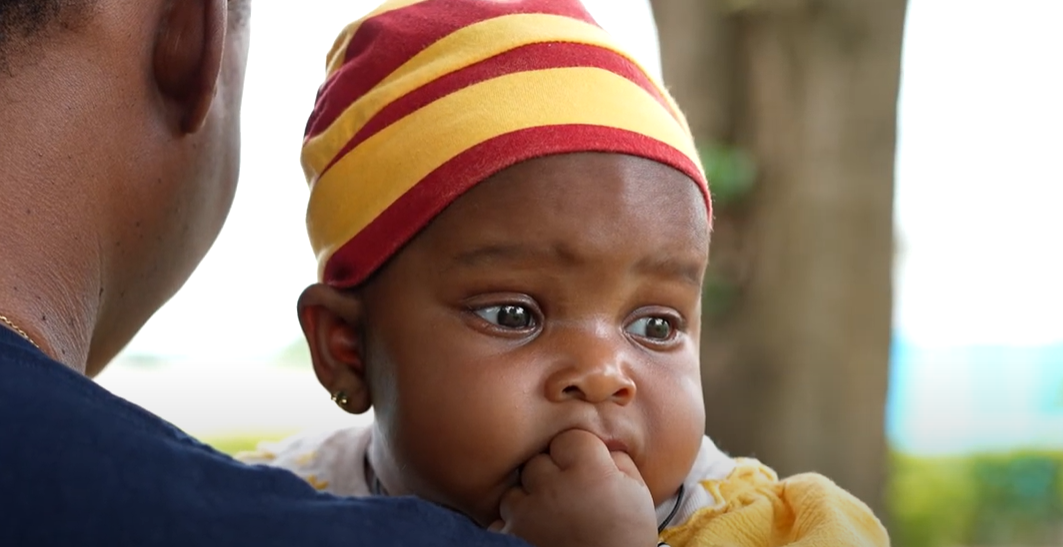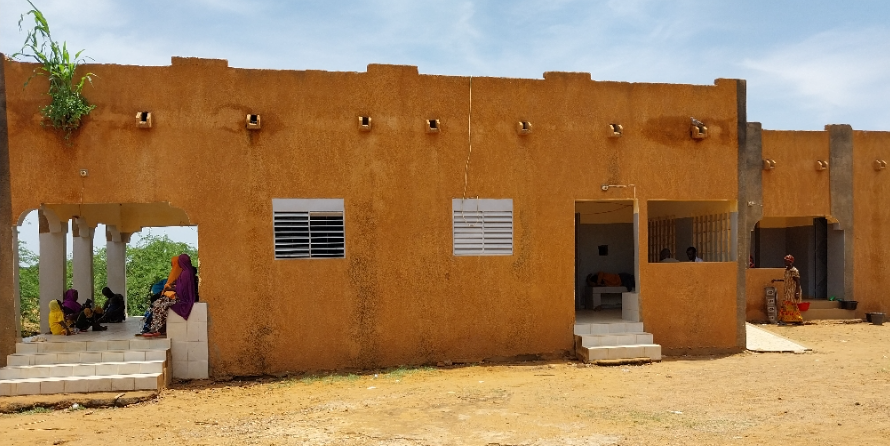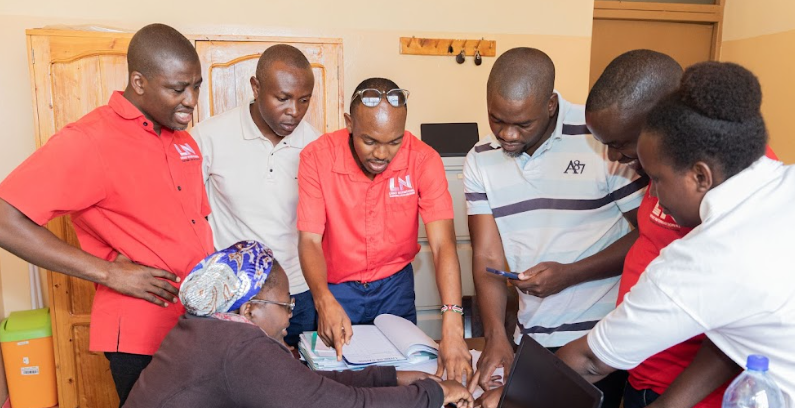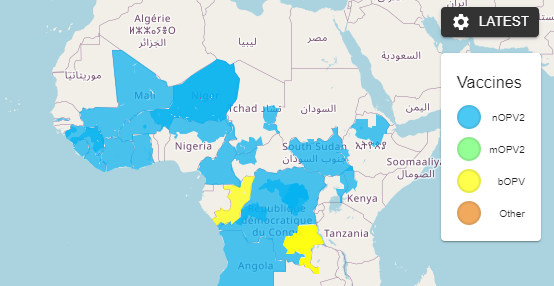Undernourished or malnourished populations need special nutritional intakes, and following these recommendations can be a game-changer for the beneficiaries’ recovery. This can be done manually by noting down at every beneficiary visit the key indicators and then take the necessary decisions, at the risk of bringing human errors in. Furthermore, paper-based tracking does not allow a clear “big picture” overview of the efficiency of the nutritional programmes in place. That is why digitalizing these processes can bring a huge added value.
IASO can today handle such nutritional programmes workflows, and is currently used for the tracking of children under five and pregnant or breastfeeding women by the World Food Programme, helping to ensure they receive the necessary nutritional support.
New IASO Features for Digital Tracking of Nutritional Programme Beneficiaries: Entities, Workflows, Duplicates management, NFC cards
From 2022 to 2023, IASO underwent key updates to adapt to the needs of nutritional programme tracking. One of the major improvements was the introduction of “entities” representing the individuals receiving aid, also known as beneficiaries. By moving from traditional paper records to a fully digital system, programme operators can now monitor and manage beneficiary data more effectively, which helps reduce errors and enable large-scale data analysis thanks to dedicated dashboards.
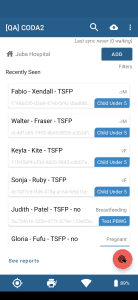
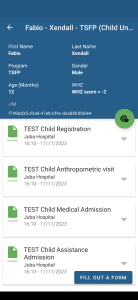
Another key addition to IASO in this context is its ability to handle workflows, which automatically open a specific list of questions during a visit based on the answers provided in previous questionnaires. For nutritional programmes, this means that a beneficiary’s weight-height score or Mid-Upper Arm Circumference (MUAC) measurement triggers the appropriate next steps. For example, if a score indicates a child is at risk, IASO automatically directs them to the relevant nutritional programme, ensuring that follow-up care is based on urgency.
In large-scale nutritional programmes, duplicate entries can disrupt accurate tracking and reporting. That is why IASO also has an entity comparison feature which helps manage the challenge of duplicate beneficiary records. The entity comparison tool allows operators to set criteria and compare beneficiaries based on specific data points, identifying and merging duplicates where necessary. This ensures that beneficiary data remains clean and accurate, preventing resources from being misallocated.

IASO also handles the record of key beneficiary data within a personal NFC card that can be used visit after visit, hence facilitating the direct reading of a beneficiary’s records such as the nutritional programme she/he had been assigned to, last weight-height and MUAC scores, status of food package distribution, etc.
All data collected is available in the format of mobile reports as below:
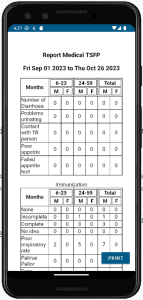
Extending IASO’s Use Beyond Nutritional Programmes
The flexibility of IASO has led to its application in other contexts as well. Following its successful use in nutritional programme tracking, IASO’s entity feature was implemented in the MILDA distribution campaign in Côte d’Ivoire in July 2024 to identify households, showing its potential to be adapted to various humanitarian efforts.
All in all, IASO’s newest additions of entities and workflows offer a practical and efficient solution for nutritional programmes in food crisis regions, but not only. While the system has already proven useful, its continued development and adaptation show great promise for future applications.






